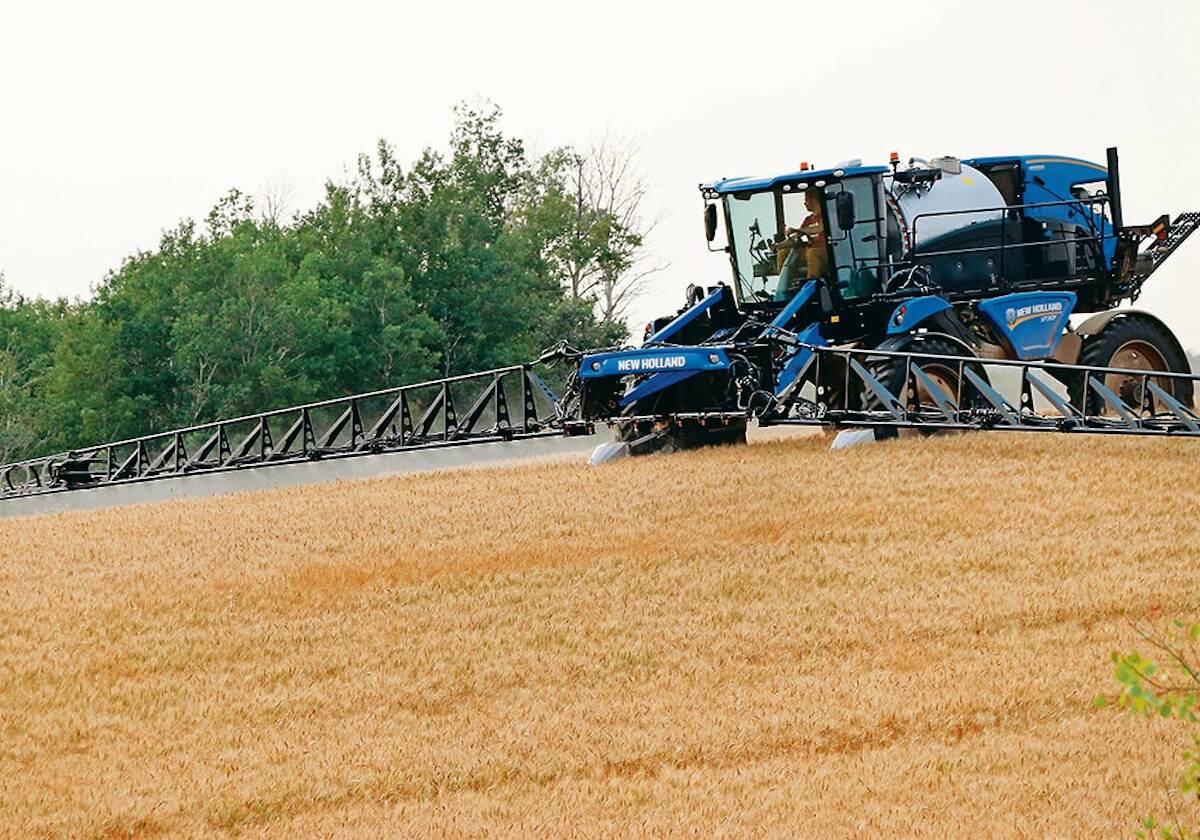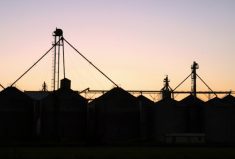A farmer who’s been around the block can’t be blamed for watching the current economic and political situation with growing nervousness.
Anyone who was associated with a Prairie farm during the 1980s and ’90s has no choice but to remember those painful lost years, especially in the crops sector.
Income dried up, losses mounted and families fretted for the future. Over time neighbours began to drop out of the business. The lucky ones found nearby opportunities. The less fortunate found themselves uprooted.
One shouldn’t oversell the situation. It wasn’t the Dirty ’30s all over again. Most of those families that did move on didn’t just survive. Many thrived. But even today a lot would probably privately admit they wished the family had kept the farm.
Read Also

Farming still has digital walls to scale
Canadian farms still face the same obstacles to adopting digital agriculture technology, despite the years industry and policy makers have had to break them down.
It’s the way the remorseless wheel of the commodity cycle turns. A period of prolonged low prices meets a sharp shock, sending a strong market signal to producers. It’s the same regardless whether the commodity in question is coal or canola, but it sets up a difficult dynamic for these business owners to manage around.
At what point in this cycle should the investments come? One agriculture economist pointed out the potash market as a great illustration of this concept in the real world.
The companies seem to follow the same script, he noted, where they weather a period of low prices making nearly no investments in productive capacity. But then when the market sees better prices, they all stampede at once to add new capacity, but the process can take years.
In the meantime they miss the period of higher prices, and when the new capacity does come online, it’s in a cluster that drives prices down. The companies then once again pull in their horns, weather the storm, and await the next boom.
In crops agriculture, the pattern varies a bit, as there are many more operators, all working independently. But despite this, farmers likewise seem to move, if not in lockstep, at least in a discernible pattern that is similar.
Here the process follows the familiar boom and bust, but generally as the boom ends there seems to be a period of disbelief. In part that’s no doubt due to the long cycles of the sector.
Take the 1970s grain boom as an example, and the subsequent bust of the 1980s and 1990s. By the time the prices spike of 2007-08 rolled around, more than 30 years had passed. Many farmers who had lived through the 1970s were now retired. Meantime a new generation suddenly had the option of staying on, or returning to, the farm.
That was a good and welcome thing for a business that was nothing but a sea of grey hair at meetings and that collectively thought of a 40-year-old farmer as “the new kid.”
But the problem with an influx of youth is that they sometimes don’t know what they don’t know. Some no doubt looked at the high prices of that era, buoyed by repeated crop failures in many parts of the world, and fell prey to human nature. They assumed that this was how farming was, based on their own real-life experience.
And while the bloom has been off the markets for a while now, producers in Canada (and other non-U.S. jurisdictions like Brazil) have been shielded from the worst of its effects by the devaluation of their national currencies. The loonie, for example, has lost about a quarter of its value compared to the U.S. greenback.
That’s meant farmers here have muddled through, while their counterparts to the south have been, once again, facing foreclosures and farm auctions.
Even so, reality is starting to catch up, in the form of flat revenue and rising prices, as our Allan Dawson reports on the front page of our June 6 issue this week.
That’s meant a dip in farm income, according to a recent report from Statistics Canada. Depending on how it’s measured, that’s meant a drop of 45 per cent (including all expenses, like depreciation) or 20.7 per cent (cash receipts minus operating expenses).
It’s not necessarily time to hit the panic button. After all, there is still income, albeit less than previously. The dollar continues to buffer farmers somewhat. And interest rates remain stubbornly low. Also the federal government still seems to view agriculture as an opportunity, not a problem.
It’s interested in growing exports, and a just-announced funding program aims to help farmers with the dearth of employees for the sector by bringing youth into the sector.
However, for the younger cohort of farmers, an important distinction needs to be made. Some of them appear to be waiting for the world of farming to go back to normal, with profits being easy to find.
Instead they may be better served by knowing, and understanding, that this new situation, which seems strange to them, is in fact things going back to normal.
If they can recognize that, they can manage for it and continue to find opportunities.



















